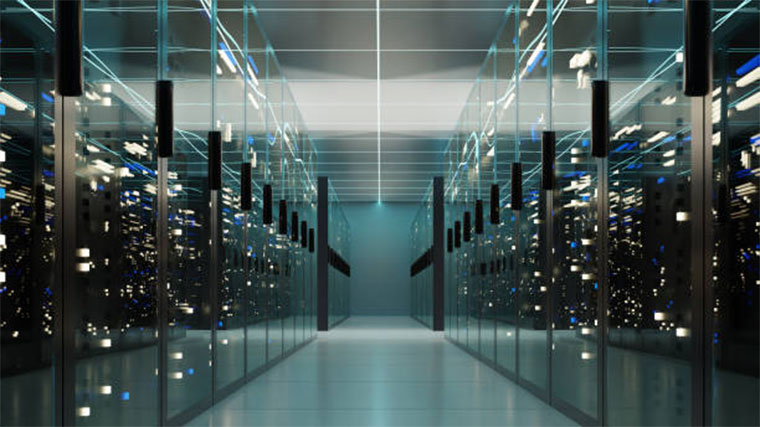(NEMA) ARLINGTON, Va. — The grid of the future is being built today, and electrical manufacturers are playing a key role by deploying innovative technologies and investments to strengthen America’s energy resilience. The impact of data centers and AI advancements on achieving this reliable future grid was a timely topic of discussion during the June 11th NEMA-Semafor event, “Powering Our AI Future.”
The conversation featured bipartisan insights from House Energy and Commerce Committee Chair Brett Guthrie (R-KY), FERC Chairman Mark Christie, and Rep. Jake Auchincloss (D-MA), who offered their perspectives on the opportunities and challenges for achieving bipartisan permitting reform, regulating AI, and maintaining grid reliability during a time of skyrocketing demand. Schneider Electric President of North America Operations Aamir Paul highlighted how electrical manufacturers are working together to deploy technologies but need supportive policy frameworks.
The discussion took place at a pivotal moment. NEMA’s recent study, “A Reliable Grid for an Electric Future”, projects a 300% increase in energy consumption from data centers as the key drivers of demand growth over the next 10 years and outlines how innovative technologies are vital to optimize data center performance and meet surging demand.
“Data centers are the digital engines of AI—and electrical manufacturers play a key role in powering them to deliver reliability, innovation, and performance,” said NEMA’s President and CEO, Debra Phillips. “To ensure our grid infrastructure can adapt to surging demand, we need to invest in a suite of innovative, near-term technology solutions to deliver a reliable and affordable energy system.”
U.S. electrical manufacturers have invested over $185 billion in domestic electrical manufacturing since 2018 and created thousands of jobs.

Rep. Guthrie (R-KY) agreed that permitting reform must be on the table. On tax credits, he stated that: “One of the big problems for people in the past is the uncertainty in the regulatory structure and the political structure. If someone has invested in a 30-year plan to create energy for AI, we can’t have the standard changing every 2-3 years. If someone has invested their money in what they thought what the tax credit was at the time, I’m open to preserving that.”

FERC Chairman Christie highlighted the urgency of maintaining reliability: “We’re heading for a reliability crisis in the United States. The problem is supply and demand. On the supply side, we have been losing dispatchable resources through early retirements and we have not been replacing the generating resources we’re using with equivalent capacity. On the demand side, we’re seeing tremendous increases in demand, almost all driven by data centers – particularly the data centers that run AI.”

Aamir Paul, President of North America Operations, Schneider Electric, highlighted the importance of investment and certainty in helping electrical manufacturers meet that demand: “Demand for electricity, automation, and digitalization is on the rise across the U.S., and AI alone is set to drive 20-50% of U.S. electricity demand growth by 2030. By further investing in our grid, our energy infrastructure, and energy management technologies, the U.S. can accommodate rising electricity demand while more efficiently and reliably powering the economy, manufacturing, and AI.”

“Electricity bills in Massachusetts are too high. More data centers will make it worse, by competing for electricity, unless this country builds out more energy generation and transmission. That build-out requires urgent reforms to permitting for nuclear, geothermal, and electrical grids,” said Rep. Auchincloss (D-MA).

Watch the full livestream here. All photos courtesy of Kris Tripplaar/Semafor.
Tagged with AI, NEMA, power grid






